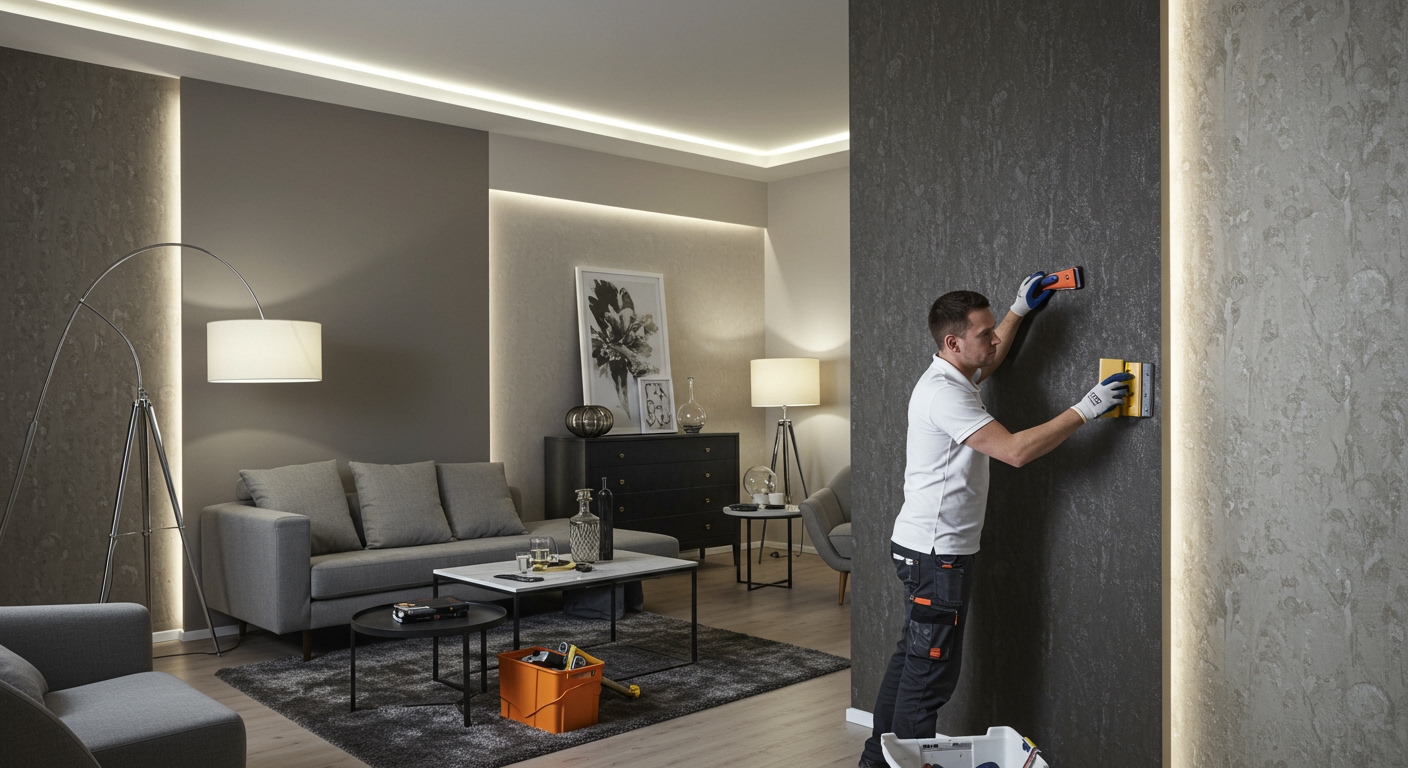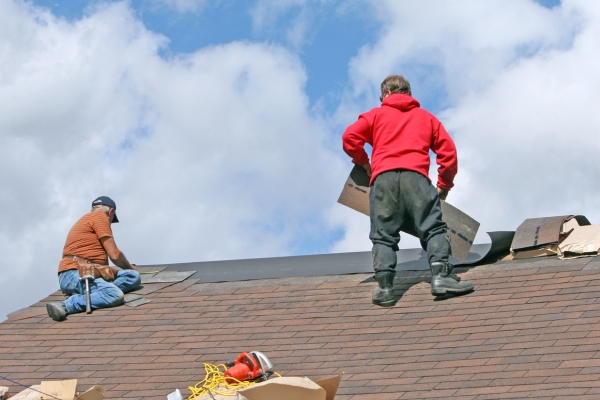What Is Wallpaper Installation?
Wallpaper installation is the process of applying wallpaper, a decorative material, to walls or other surfaces in a room. This method enhances the aesthetics of a space and provides practical benefits, such as wall protection and insulation. Depending on the type of wallpaper, installation can range from straightforward DIY projects to more complex tasks requiring professional expertise. Professional wallpaper installation ensures that your wallpaper is perfectly aligned, free from bubbles, and securely applied to create a flawless finish.
Why Choose Professional Wallpaper Installation?
Benefits of Hiring a Professional
When it comes to wallpaper installation, hiring a professional provides several advantages over DIY attempts. For one, wallpaper installers have the skills and experience needed to manage different types of wallpaper, including intricate patterns, textured materials, or delicate fabrics. They use high-quality tools and techniques that ensure a smooth finish, proper alignment, and clean edges. In addition, professionals can navigate tricky wall corners, ceilings, and other difficult spaces, ensuring that every corner of your room looks flawless.
Common DIY Mistakes and How to Avoid Them
While DIY wallpaper installation may seem tempting, it often leads to errors that are difficult to fix. Some of the most common mistakes include:
- Improper Alignment: If the wallpaper isn’t properly aligned, it can lead to unsightly seams and misalignments in the pattern.
- Air Bubbles and Wrinkles: Without the right tools, air bubbles or wrinkles may form during installation, resulting in a messy finish.
- Incorrect Adhesive Application: Applying too much or too little adhesive can cause wallpaper to peel off or not stick at all.
A professional wallpaper installer can avoid these common issues and ensure the perfect result for your home.
Types of Wallpaper and Their Installation Requirements
Wallpaper comes in various materials, each with different installation requirements. Below are some common types of wallpaper and their characteristics:
Vinyl Wallpaper
Vinyl wallpaper is one of the most popular options due to its durability and ease of maintenance. It’s a great choice for high-traffic areas or rooms like kitchens and bathrooms, where moisture and humidity are common. Vinyl wallpaper installation typically requires paste or peel-and-stick adhesive, and it can be installed directly on most wall surfaces.
Peel-and-Stick Wallpaper
For homeowners who want an easy and mess-free solution, peel-and-stick wallpaper is ideal. This type of wallpaper features an adhesive backing that sticks directly to the wall, making it an excellent choice for renters or those looking for a quick refresh. Installation is simple, but care must be taken to ensure the wallpaper is applied smoothly to avoid bubbles and wrinkles.
Fabric Wallpaper
Fabric wallpaper adds a luxurious touch to any room. It is more challenging to install compared to vinyl or peel-and-stick options, as it requires a specialized adhesive and careful handling to prevent damage. Fabric wallpaper installation is best left to professionals who have experience with delicate materials.
The Wallpaper Installation Process: Step-by-Step Guide
Preparing the Walls
Before applying wallpaper, the wall must be prepared properly. This involves cleaning the surface to remove any dirt, dust, or grease that could interfere with adhesion. Any imperfections or holes should be patched, and the wall should be smoothed to ensure a clean, even surface. A professional wallpaper installer will make sure the surface is primed and prepped for optimal results.
Installing the Wallpaper
The installation process begins with measuring and cutting the wallpaper to the correct size. Once the pieces are ready, the adhesive is applied (depending on the wallpaper type). The wallpaper is then carefully placed on the wall, with the installer using a smoothing brush or seam roller to eliminate any air bubbles or wrinkles. For patterned wallpaper, alignment is crucial to ensure the design flows seamlessly across seams.
Finishing Touches and Clean-Up
After the wallpaper is applied, the installer will trim excess material around edges, windows, and doors, ensuring clean lines. Finally, the area is cleaned up, and any remaining adhesive is wiped away, leaving the walls looking pristine.
How Much Does Wallpaper Installation Cost?
Factors That Affect Cost
Wallpaper installation costs vary based on several factors:
- Type of Wallpaper: Some wallpaper types, such as fabric or custom designs, may require more time and expertise to install, which can increase costs.
- Room Size: Larger rooms require more wallpaper and installation time, raising the cost.
- Complexity: Rooms with intricate patterns, high ceilings, or difficult-to-reach areas may also increase the price.
How to Save on Wallpaper Installation
To save on wallpaper installation, consider buying wallpaper during sales, using simpler designs, or installing it in smaller areas. Some professionals may also offer discounts for large projects or repeat clients.
Finding the Right Wallpaper Installer for Your Home
Qualities of a Good Wallpaper Installer
A good wallpaper installer should have experience, a keen eye for detail, and the right tools for the job. They should also offer professional customer service and be willing to explain the process and answer any questions you may have.
How to Choose the Right Professional
When choosing a wallpaper installer, ask for references and check online reviews. Be sure the installer is licensed and insured to protect against any accidents or damage during installation. Getting multiple quotes will also help you choose the best price for your budget.
FAQs About Wallpaper Installation
Q1: How long does wallpaper installation take?
The time it takes to install wallpaper depends on the size of the area and the type of wallpaper. Typically, a room can be completed in 4 to 8 hours.
Q2: Can I install wallpaper over existing wallpaper?
It is not recommended to install wallpaper over existing wallpaper. For the best result, remove the old wallpaper and prepare the wall.
Q3: What tools do wallpaper installers use?
Wallpaper installers use various tools, including smoothing brushes, seam rollers, utility knives, wallpaper paste, and measuring tapes to ensure a perfect finish.
Q4: How do I remove wallpaper?
Wallpaper can be removed with steamers, chemical removers, or scraping tools. A professional installer will be able to safely remove wallpaper without damaging the wall.
Q5: Can I install wallpaper in high-humidity areas?
Vinyl wallpaper is ideal for high-humidity areas like kitchens and bathrooms because it is water-resistant and easy to clean.






